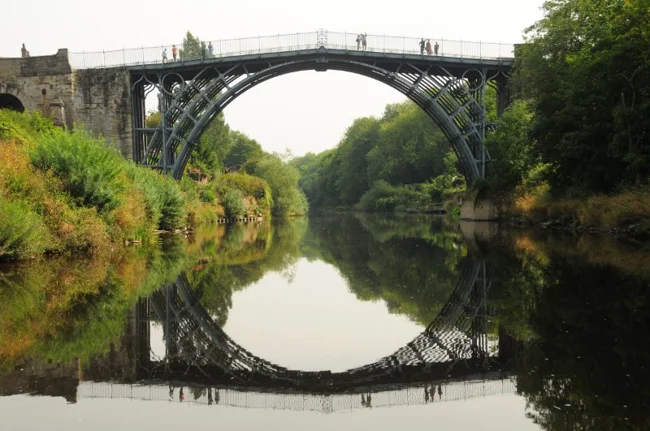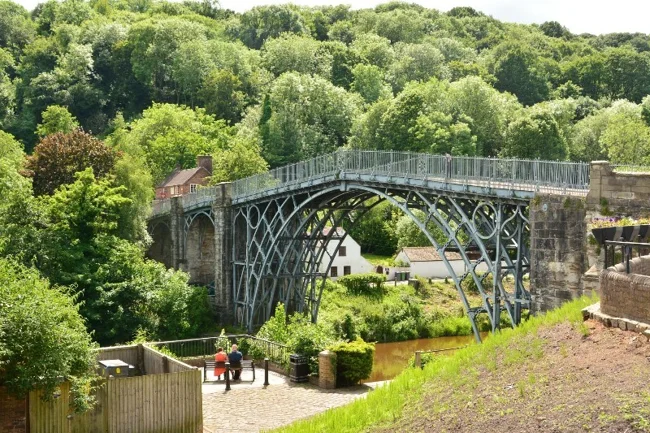Iron Bridge in Shropshire: How the World's First Cast Iron Giant Survived Centuries (9 photos)
England, 1779. An unprecedented structure rises above the stormy waters of the River Severn - the world's first cast-iron bridge. Its openwork arches, cast from metal, seem to contemporaries either a miracle of engineering or a crazy adventure. 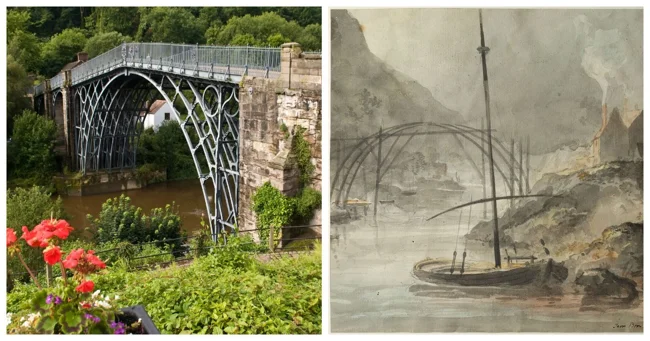
Before this, cast iron was used only for pots and cannonballs, but not for giant structures. 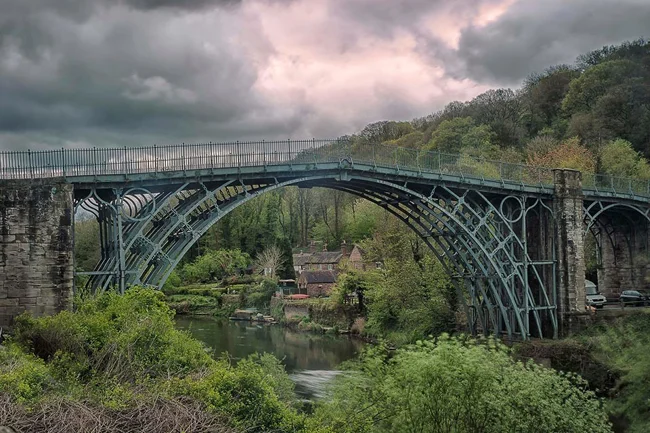
In the 18th century, the Severn Valley (later renamed Ironbridge Gorge) was the industrial heart of England: coal, iron ore and limestone were mined here. But the turbulent river with steep banks hindered trade - a strong bridge was needed that could withstand heavy carts and pass tall ships. 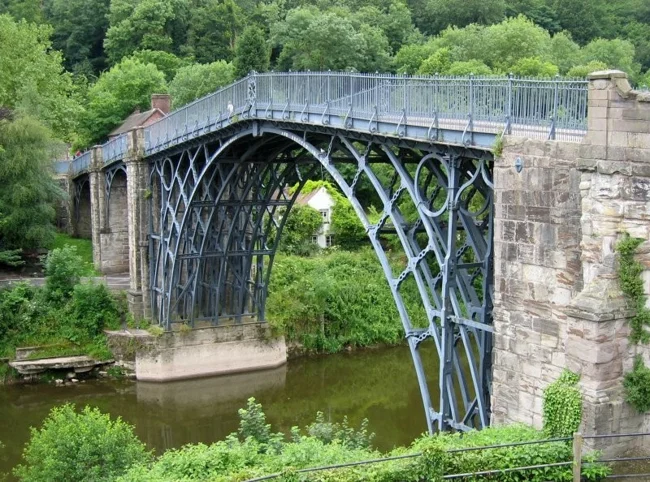
Architect Thomas Farnalls Pritchard proposed a bold solution: a cast iron single-span bridge. Although his colleagues shook their heads (cast iron is too brittle), Parliament approved the project. Alas, Pritchard himself died a month after the start of work, and the metallurgist Abraham Darby III had to implement the idea.
Metal Puzzle 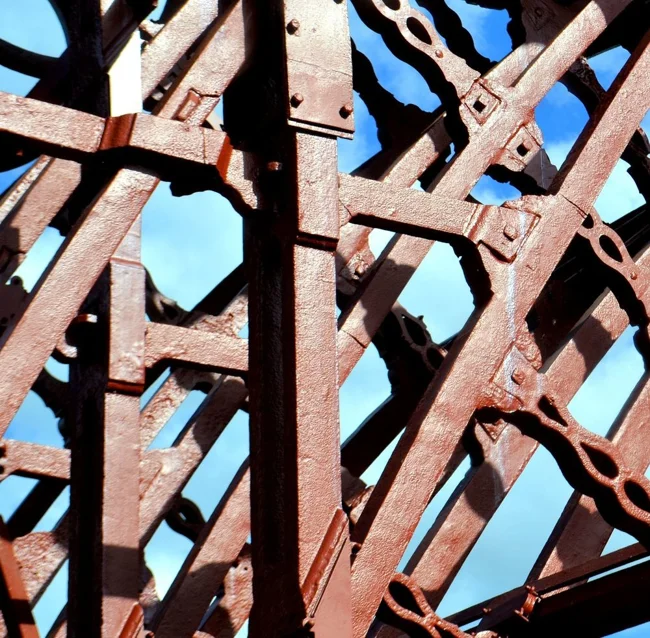
Darby approached the task like a jeweler. He cast 1,700 pieces (the heaviest weighing 5 tons) in his workshop. He used carpentry techniques: tenons, mortises and even dovetails, but adapted them for cast iron. He transported the pieces by boat - 500 meters upstream. 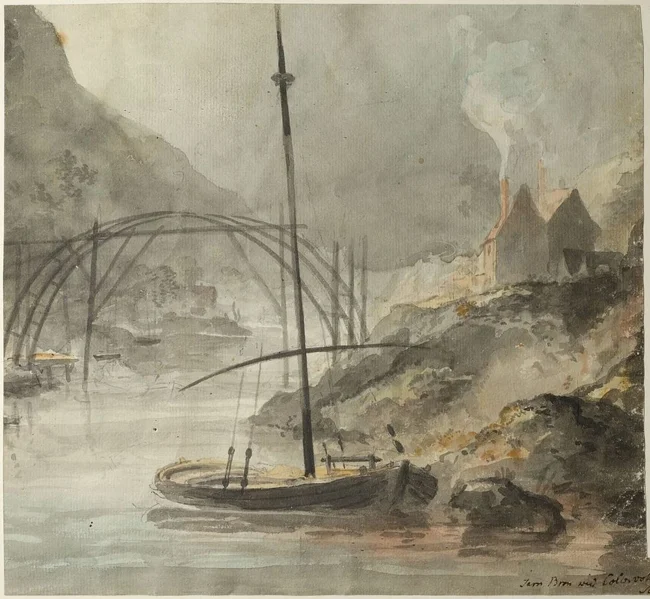
How did they lift 400 tons of metal in the 18th century without cranes? The answer was given by... a watercolor sketch from 1779, accidentally discovered in Stockholm. It shows wooden crane scaffolding, with the help of which workers, like ants, assembled the bridge piece by piece. 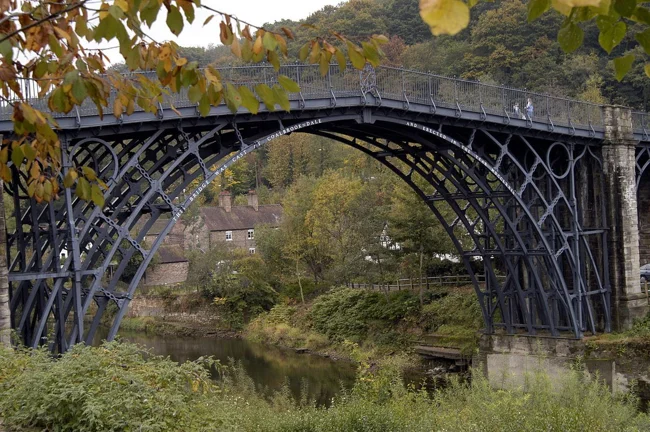
The bridge opened in 1779. And it instantly became a symbol of the Industrial Revolution. But the triumph turned out to have a bitter aftertaste. Cast iron, as it turned out, does not withstand loads well. In the 19th century, dozens of similar bridges collapsed. By 1943, the bridge was closed to cars, reinforced with concrete supports. 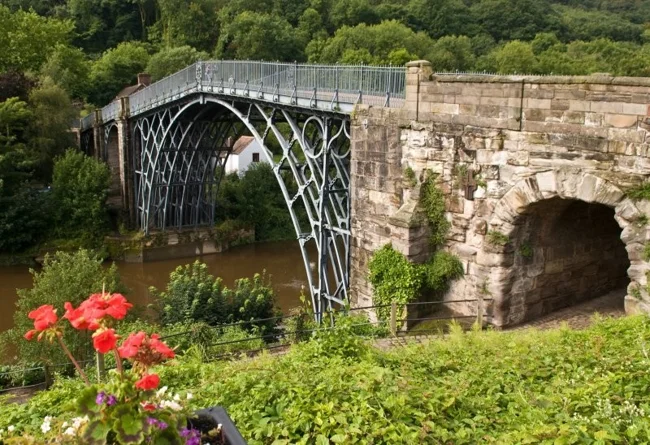
Today, Ironbridge is a UNESCO site and the "grandfather" of all metal bridges. Its secrets still inspire engineers, and tourists believe that if you make a wish while standing in the middle of the arch, it will definitely come true. 